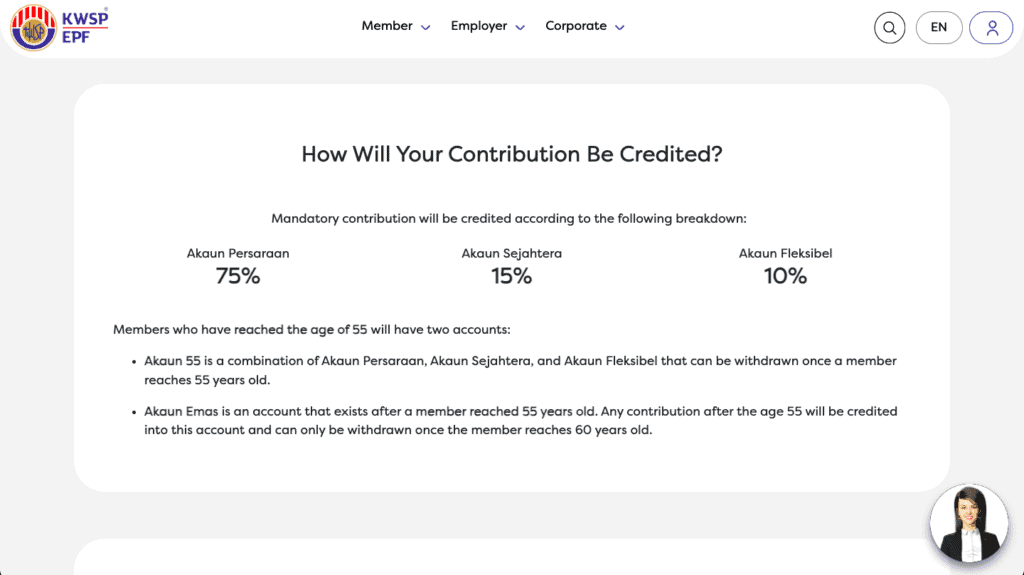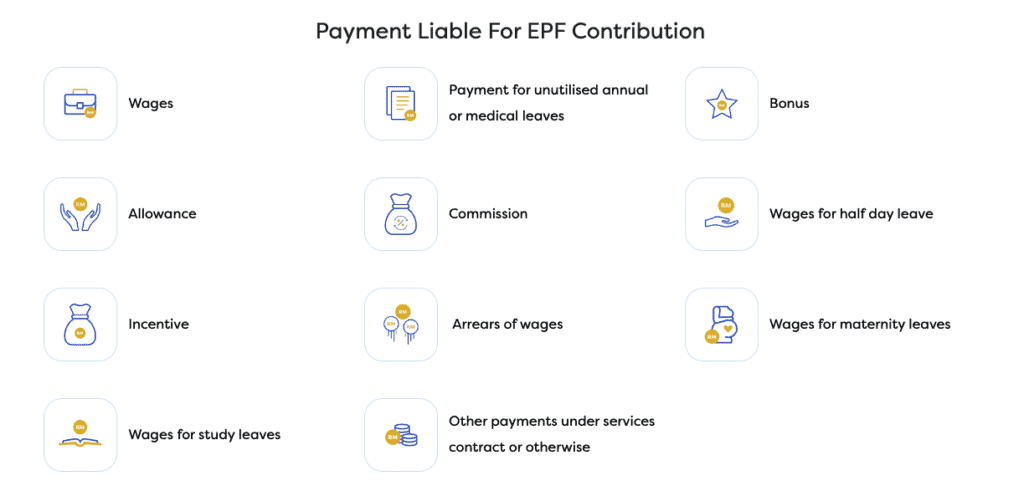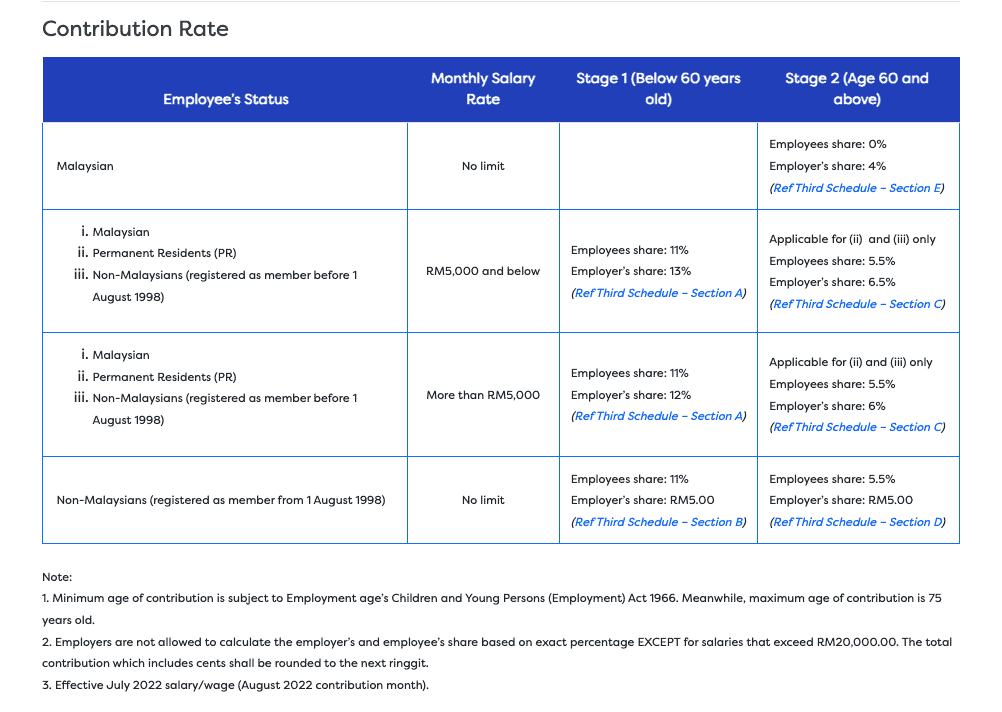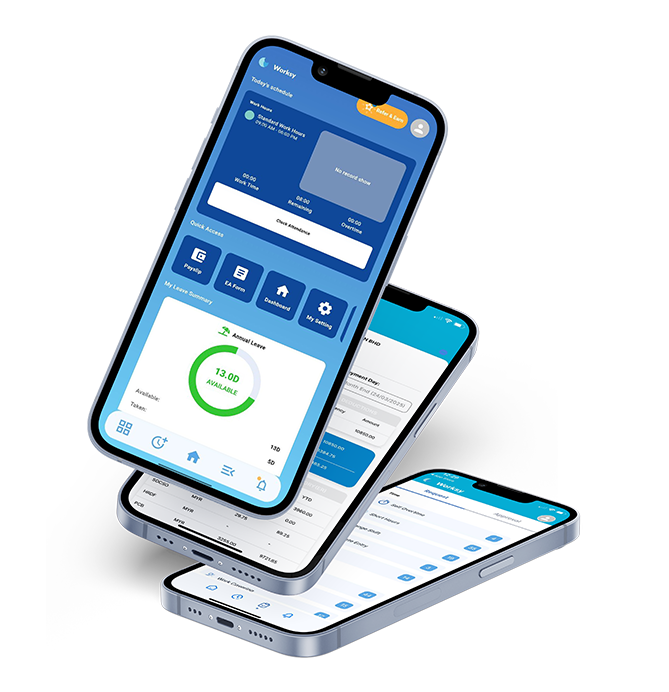scheduled free Worksy HRMS demo.

On-Premise vs. Cloud-Based HR Software: An In-Dept Comparison
November 6, 2023
What Are The Benefits Of Maximizing Your EPF Contribution?
November 6, 2023[UPDATED] The Employees Provident Fund (EPF), otherwise known as KWSP, is an essential social security savings scheme in Malaysia that ensures financial security for employees during their retirement years. In this article, we’ll be diving into the details of EPF Malaysia and explore how it supports employees in achieving a comfortable retirement.
What is EPF Malaysia?

Source of screen capture: https://www.kwsp.gov.my/en/member/savings/mandatory-contribution
EPF is a mandatory, government-established savings scheme aimed at providing financial security for employees upon their retirement. Both employers and employees are required to contribute to the EPF, with the funds invested and managed by the EPF board. This comprehensive system ensures that Malaysian workers consistently save for their future, giving them a peace of mind and a stable source of income during retirement.
What Are The Benefits of EPF For Employees?
1. Financial Security
The primary purpose of EPF is to provide a source of income for employees during their retirement. The accumulated savings can be used to cover living expenses, medical bills, and other financial needs, offering financial security and peace of mind.
2. Compulsory Savings

Source of screen capture: https://www.kwsp.gov.my/en/member/savings/mandatory-contribution
As a mandatory savings scheme, EPF ensures that employees contribute a portion of their salary towards their retirement saving on a monthly basis. This disciplined approach helps individuals build a substantial retirement fund over time.
3. Employer Contributions

Source of screen capture: https://www.kwsp.gov.my/en/employer/responsibilities/mandatory-contribution
Employers in Malaysia are required to contribute to their employees’ EPF accounts alongside their employees’ contributions. This shared responsibility helps employees accumulate more savings for their retirement.
4. Tax Relief
Contributions made to EPF are eligible for tax relief, to reduce an employee’s taxable income. This incentive encourages employees to save more towards their retirement fund.
5. Investment Returns
The EPF board invests the accumulated funds in various investment instruments, such as equities, fixed income securities, and real estate. The returns generated from these investments are then credited back to the employees’ accounts, allowing their savings to grow over time.
6. Withdrawal Flexibility
Although the primary objective of EPF Malaysia is to provide financial security during retirement, employees can also make partial withdrawals under specific circumstances such as purchasing a house, financing education, or covering medical expenses from Akaun Sejahtera.
Furthermore, since the implementation of Akaun Fleksibel, employees have greater withdrawal flexibility for short-term financial needs.
This allows employees to access their savings when needed while still maintaining a focus on long-term financial security.
Conclusion
The EPF is a crucial aspect of retirement planning for employees. It ensures financial security and acts as a stable source of income during their golden years. By promoting consistent savings, employer contributions, and investment returns, EPF Malaysia ensures that individuals have the necessary funds to maintain their quality of life and financial independence during retirement. By understanding the advantages of the EPF system, Malaysian employees can almost easily achieve a comfortable and secure retirement ahead.

Automate HR with Worksy - trusted by 3,000+ companies.
Request free demo now*Terms and conditions apply.





